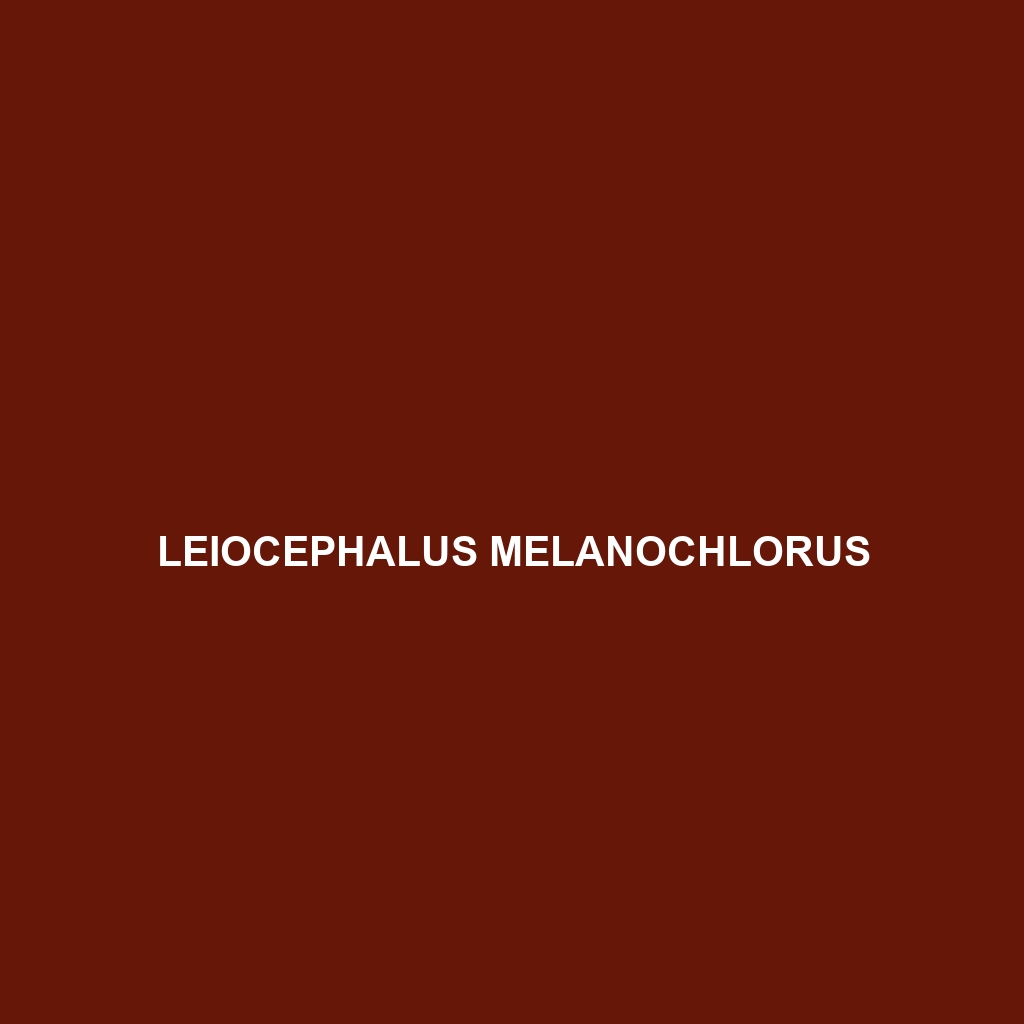The Liolaemus mapuche, or Mapuche lizard, is a distinctive, insectivorous species native to the temperate forests of southern Chile and Argentina, recognized for its dark, mottled coloration and unique social behaviors. This vulnerable lizard plays a crucial role in its ecosystem by regulating insect populations and serving as prey for various predators.
Tag: lizard social behavior.
Liolaemus jamesi
Introducing the Liolaemus jamesi, a fascinating lizard native to the temperate forests and grasslands of southern South America. With a robust body, vibrant markings, and a diet primarily consisting of insects, this species showcases intriguing behavior and plays a vital role in its ecosystem.
Liolaemus gardeli
Discover the <b>Liolaemus gardeli</b>, a moderately sized lizard native to the temperate forests and grasslands of southern South America. Known for its distinctive gray to brown coloration and fascinating diurnal behavior, this insectivorous species plays a vital role in maintaining ecological balance.
Liolaemus basadrei
<b>Liolaemus basadrei</b>, commonly found in the rocky terrains of Patagonia, Argentina, is a distinctive lizard species characterized by its elongated body, rough skin, and diverse coloration ranging from brown to gray. Adapted to arid environments, this active diurnal insectivore plays a crucial role in regulating insect populations while exhibiting fascinating social behaviors during its breeding season.
Leiocephalus melanochlorus
Discover the Leiocephalus melanochlorus, or black-green curlytail lizard, a striking 10 to 14-inch reptile native to the Caribbean, known for its vibrant black and green coloration, distinctive curly tail, and insectivorous diet. This agile lizard thrives in coastal ecosystems and plays a crucial role in maintaining ecological balance by controlling insect populations.
Laudakia papenfussi
<p><b>Laudakia papenfussi</b>, commonly known as Papenfuss's lizard, is a robust, diurnal species found in the rocky slopes of Central Asia, distinguished by its impressive size of up to 25 centimeters and distinctive spiny back. As an omnivore, it plays a crucial role in its ecosystem by regulating insect populations while exhibiting vibrant social behaviors during the mating season.</p>
Laudakia dayana
<p><b>Laudakia dayana</b> is a robust lizard native to the arid regions of Central Asia, characterized by its spiny scales, diurnal basking habits, and insectivorous diet. Known for its adaptability, this species thrives in rocky landscapes and plays a crucial role in controlling insect populations and supporting local ecosystems.</p>
Lankascincus gansi
<p><b>Lankascincus gansi</b>, a unique skink from the rainforests of Sri Lanka, measures 12 to 18 cm in length and exhibits a brown coloration with darker stripes for effective camouflage. Primarily an insectivore, it plays a crucial role in its ecosystem by controlling insect populations and serving as prey for larger animals.</p>
Lacerta strigata
<b>Lacerta strigata</b> is a medium-sized lizard native to Southern Europe's temperate forests and scrublands, characterized by its vibrant coloration, diurnal behavior, and insectivorous diet. This adaptable species plays a crucial role in regulating insect populations and contributes to the ecosystem's health through its predation and nutrient cycling.
Karusasaurus polyzonus
Discover the remarkable Karusasaurus polyzonus, a striking omnivorous lizard native to southern Africa's diverse habitats, thriving in savannas and temperate forests. With unique dorsal scales and the ability to camouflage, this resilient species plays a crucial role in maintaining ecological balance as both predator and prey.









